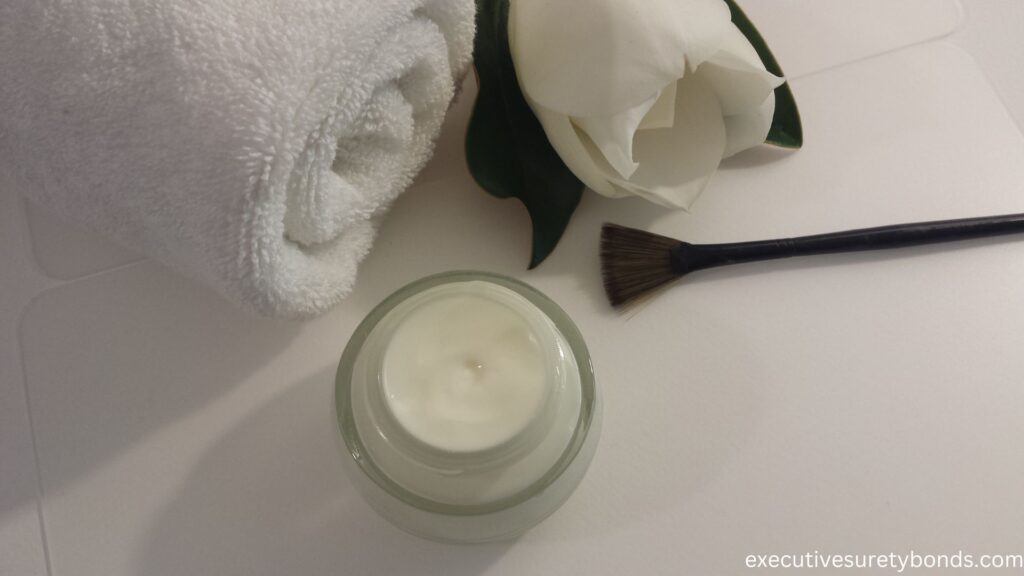Introduction
Imagine a world where skilled professionals breathe life into the art of aesthetics, ensuring every individual steps out with confidence and vigor. Esthetician schools, where the craftsmanship of beauty is nurtured, play a pivotal role in shaping this world. But to safeguard the interests of students and uphold educational standards, a crucial financial security measure is placed – the Washington State Esthetician School Bond. This piece aims to simplify the concept, significance, and mechanics of this bond, ensuring 11th graders can comprehend its pivotal role in the world of beauty education.
Breaking Down the Bond
A bond, particularly in the context of esthetician schools, serves as a financial guarantee that the school will adhere to state regulations and ethical practices. The Washington State Esthetician School Bond is a legal requirement, ensuring that schools maintain a high-quality educational standard and ethical operation. If a school violates this agreement, a claim can be made against the bond to financially protect the students or other parties that might be harmed due to the school’s misconduct.
Significance in Ensuring Quality Education
But why does this bond hold such weight? Picture a scenario where a student invests time, energy, and funds to learn the intricate art of aesthetics, only to discover that the school is shutting down without fulfilling its educational promises. The bond serves as a safety net in such scenarios, providing a mechanism for students to recover their lost tuition or other damages. By having a bond in place, esthetician schools in Washington State affirm their commitment to providing quality and reliable education to their students.
The Mechanics of Acquiring the Bond
Navigating through the process of acquiring a bond might seem labyrinthine, but let’s simplify it. To obtain the bond, the esthetician school must apply through a surety bond company. The surety assesses the school’s financial stability, and upon approval, issues the bond. The school pays a premium, which is a percentage of the total bond amount, to maintain it. The surety then becomes a mediator, ensuring that if a valid claim arises, compensation is assured up to the bond limit. However, it’s crucial to understand that the school is ultimately responsible for repaying any claimed amounts to the surety.
The Larger Picture: Beyond Financials
While the monetary aspect of the bond is crucial, its existence permeates beyond mere financial transactions. It assures students and regulatory bodies that the school is dedicated to upholding standards, enhancing the credibility and reputation of the institution. Thus, it not only serves as a financial safety net but also as a badge of trust and reliability in the eyes of potential students and stakeholders.
Conclusion
In a world that seeks to merge art and ethics, ensuring trust and reliability in educational institutions becomes paramount. The Washington State Esthetician School Bond, thus, establishes itself as not just a financial safeguard but also a symbol of commitment to quality education and ethical operations within the beauty industry. It fosters a secure environment where students can embark on their educational journeys with assurance, and institutions can operate with a stamp of credibility. Through this understanding, we unearth how bonds interweave financial security with ethical operations, crafting a transparent and dependable educational landscape for aspiring estheticians in Washington State.
Frequently Asked Questions
How is the Bond Amount for Esthetician Schools Determined and Who Sets It?
The bond amount, which is the maximum sum that can be paid out in the event of a claim, is often determined by state legislation or regulatory bodies. In Washington State, the Department of Licensing stipulates the bond amount for esthetician schools based on various factors such as the school’s size, tuition fees, and potential financial risk to students. The bond amount is set to ensure adequate coverage should a school default on its obligations, enabling affected parties, like students, to claim reimbursement for any financial losses encountered.
Can an Esthetician School Operate without a Bond and What Are the Penalties for Non-Compliance?
Operating an esthetician school without the necessary bonding in Washington State is considered a violation of regulatory compliance and is typically illegal. If a school is caught operating without a valid bond, it may face several penalties, such as hefty fines, license revocation, and potentially, legal action. It can also tarnish the reputation of the school, making it challenging to attract students and qualified staff. In some cases, regulatory bodies may allow the school to rectify the oversight within a specified grace period, failing which, the penalties become applicable.
What Happens if an Esthetician School’s Bond Is Claimed Against Successfully?
If a claim against an esthetician school’s bond is validated, the surety company that issued the bond will pay the claimant up to the bond’s penal sum. However, it’s crucial to note that the bond acts like a form of credit to the school – the school is ultimately responsible for repaying the surety for any claims paid. Additionally, a successful claim can impact the school in several ways, such as an increase in future bond premiums and potential damage to its reputation. In some instances, a school may struggle to get bonded again after a claim, limiting its operational capabilities and compliance with state regulations.

